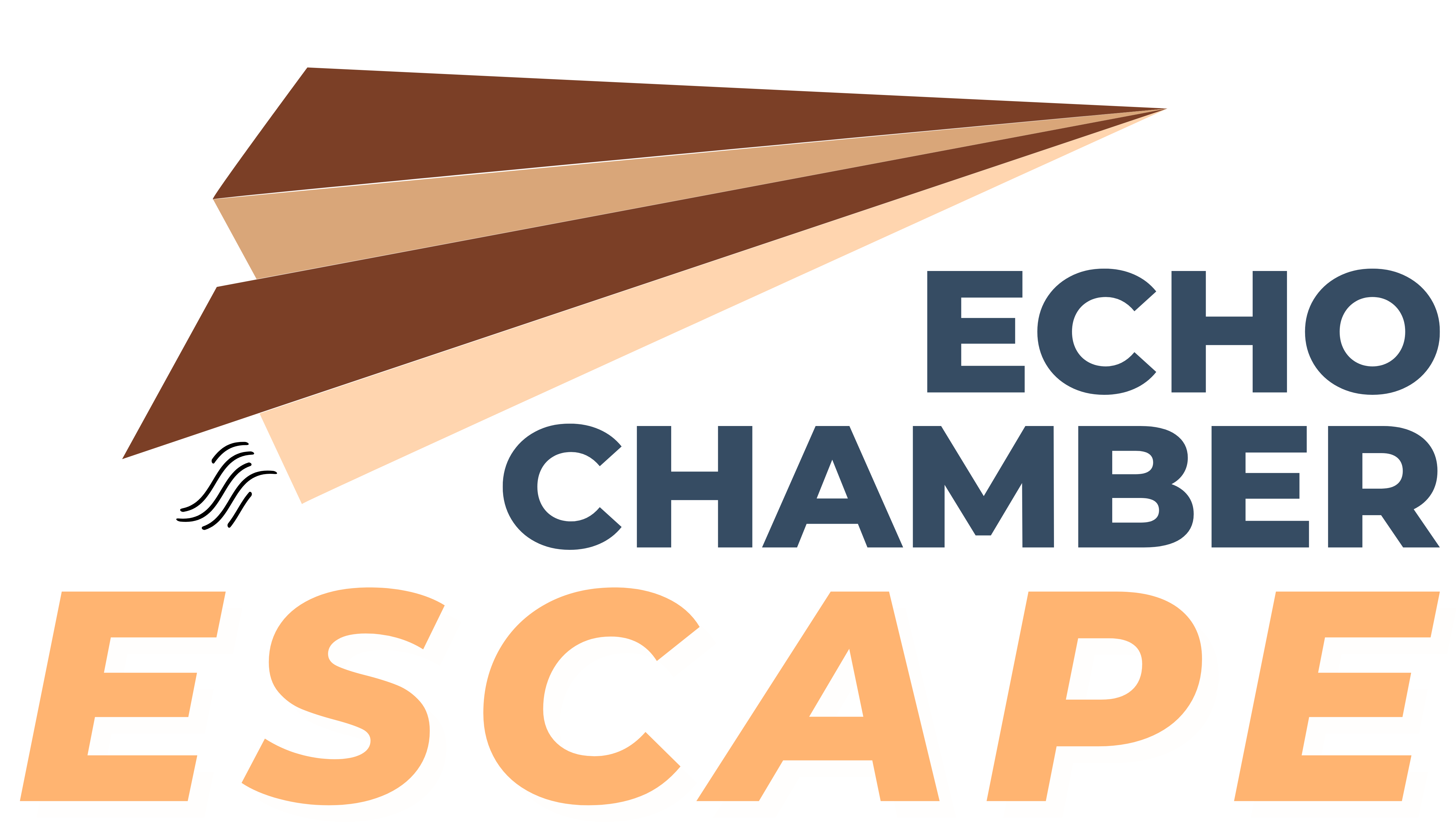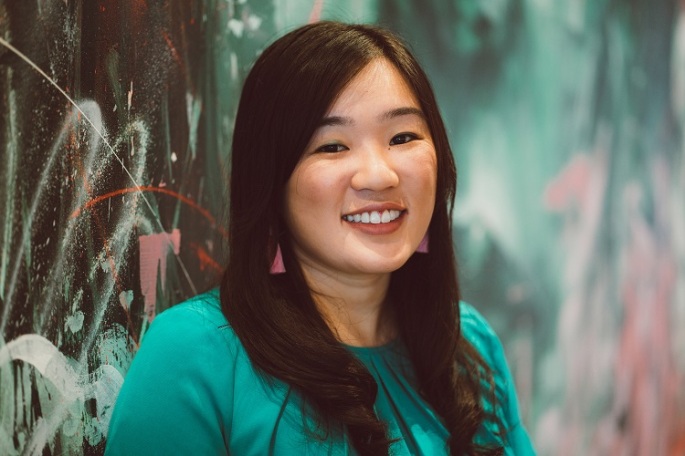These days, it’s increasingly common to have a side hustle, alongside a full-time job. Almost a third of Australians are planning to quit their current job to start their own business, while more than a quarter of people in the UK already have a secondary venture and spend four hours a day working on it.
Ram Castillo is a multi-talented designer, creative strategist, author, podcaster, and more. Ram’s work has exposed him to many entrepreneurs throughout his career, and his own entrepreneurial spirit has led to the successful launch of multiple businesses.
In this interview, Ram shares his views on what it means to love your job, how to turn a passion or side project into a sustainable income, and his advice to other side hustlers.
- There’s the famous saying, ‘If you love your job, you never work a day in your life’. Do you agree with this? Why or why not?
It’s a great saying! I certainly agree with the sentiment; that doing what you love breeds more pleasure than pain. In context, I associate ‘love of job’ or ‘love of work’ as purposeful and values driven. I call this out because there can be a perception that doing what we love exempts challenges, struggles and exerting enormous effort.
In my experience, it’s been tough. Building a design career of now 15 years when financial and educational odds were against me. To writing two books, launching a podcast and speaking at 65+ events globally – all without formal writing, audio engineering and public speaking training. Simon Sinek has expressed this well “working hard for something we don’t care about is called stress; working hard for something we love is called passion.”
So when we love our job or do what we love … it’s still ‘work’ – but what I’ve found is a richness in fulfilment that’s in line with what I believe are my gifts. Inside the ‘love’ is greater purpose, which overshadows the work.
- How realistic is it to find a job you genuinely love? Why?
Personally for me, it’s highly realistic. However, the likelihood of finding a job you genuinely love is 100% dependent on the mindset, work ethic and values of the individual. If we look at the early stories of Colonel Sanders before starting KFC, Sylvester Stallone before being a script writer and actor in Rocky – and even Walt Disney before starting Disney, it wasn’t realistic for most people to achieve what they have.
The reality needs to be paired with great resilience, hard work, patience and deep seeded conviction that pursuing this will truly help people.
- A lot of people view their job as a way to make money, and then explore their passions through side projects. Do you agree with this approach?
I think it’s an approach most common because it’s most feasible. Feasible in time and money. Working a job primarily for money meets our basic needs; including our primary need, to survive. It’s certainly an approach I can relate to. However it’s not always that black and white. I think that no matter what job we work in, there’s transferable skills to be gained that we can potentially apply for another job we have more interest in.
For example, I can’t say I loved working as a checkout operator at Woolworths when I was 15 but I learned about customer service and interaction at a front-facing level. This later helped my ability to interact with clients. I can’t say I absolutely loved working in the mailroom as a dispatch person in Ogilvy right after finishing design school under scholarship, but it did enable me the network which became the springboard to launch my entire career.
I’m a big fan of taking side steps before taking forward steps. So although it may not feel like the current job is feeding the ‘passion-o-metre’ – indirectly it always does at some capacity. While the side projects or side hustles go on in the background, the transitionary period is inevitable. And from a business risk management point of view – a smart way to go in many ways. Having a stable job while testing ideas that may one day turn monetarily profitable.
- For those wanting to turn their passions or side projects into their full-time job, what’s your advice?
Test, iterate, refine and repeat. I’d highly advise against quitting their ‘day job’ and going full-time on their passions or side projects until they have tested the market, tested the demand and actually made substantial sales in their products or service. Executing on an activity we’re passionate about is one thing, commercialising that passion is another.
The other piece of advice I would give is being as prepared as you can be when you do take the plunge and eventually go ‘all-in’ on taking that passion or side project into a full-time job. Especially financially. I’d ensure 6-months worth of savings is in the bank as a minimum before transitioning fully. And, that there’s at least a 3-month list of not just prospective clients or customers but actual clients or customers waiting to be served by your new business. For instance, if you’re working an office job but want to pursue photography or design full-time then you’d have clients on hand with approved quotes and project agreements ready to be delivered.
- What are the biggest challenges of monetising a passion? How have you overcome these?
Proving that it’s monetisable in the first place. Unfortunately, not all passions are financially profitable. It may be too small of a market opportunity. It may be too big of a market that you’ve lost, purely by not being one of the first movers – or that there are better products or services out there. It may be that the cost of customer acquisition is too high against the average lifetime value of your customer i.e. that your outgoings are more than your income. What about branding and marketing? That’s another area many struggle with. How are you going to reach your prospects? There are plenty of reasons and variables that make monetising a passion challenging.
In my experience, working with small, medium, large – right through to enterprise clients, and starting multiple businesses of my own … the ones that have succeeded most have first and foremost tested and proven their business offering by being human centred. Second, they have a factual and compelling value proposition both in brand and in product or service. Third, they have a unique selling point they can own against their competitors. Fourth, they have resources; be it people, processes and tools to operate quickly and efficiently. Lastly, they aren’t afraid to iterate, refine and deploy.
About the expert
Ram is an award-winning Design Director, Author, top-ranking Podcaster, International Speaker, Business Owner and Approved Advisor based in Sydney. Specialising in digital spaces, customer experience design, branding and creative strategy.
For 15+ years he’s been working for global agencies including Ogilvy & Mather, DDB, JWT, McCann and Publicis Groupe on clients such as Audi, Toyota, McDonald’s, Qantas, Amex, Telstra, Google and The Louis Vuitton Group.
Ram has been featured in Communication Arts, HOW magazine, CreativeLive, Herman Miller, GE, news.com.au, deFrost*, AIGA.org, Vivid Festival and Apple.
Since 2012, Ram has been helping designers and creative entrepreneurs navigate towards their desired outcomes via GiantThinkers.com. More recently, Ram’s passion for food, music, health and wellness has led him to launch events business Unrushed Experiences which is a degustation of the senses event for overworked professions to undo the damage of busy.



